The lowest point of the thrust required curve of a jet aeroplane is the point ? [ Attainment AIM ]
Question 97-1 : Minimum drag maximum specific range maximum endurance minimum specific range
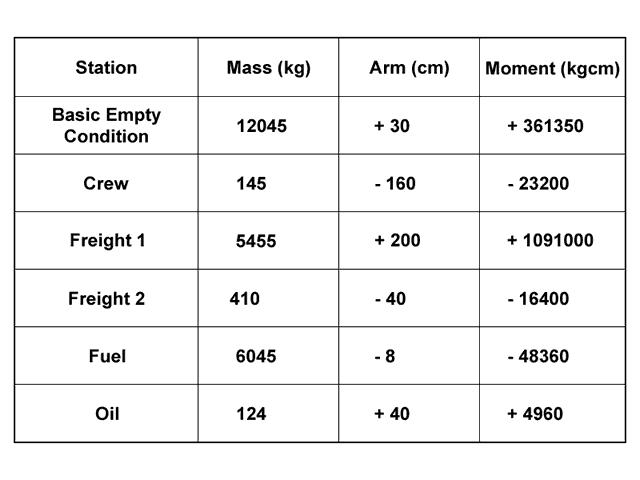 Minimum drag.
Minimum drag. The airspeed for jet aeroplanes at which 'power required' is minimum ?
Question 97-2 : Is always lower than the minimum drag speed is always higher than the minimum drag speed is lower than the minimum drag speed in the climb and higher than the minimum drag speed in the descent is the same as the minimum drag speed
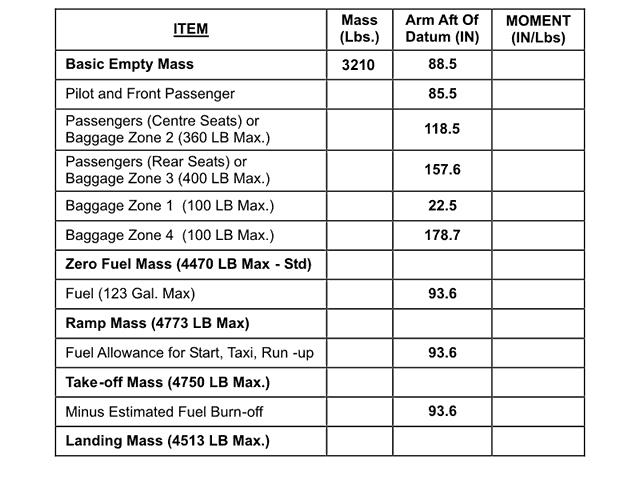 Is always lower than the minimum drag speed.
Is always lower than the minimum drag speed. The speed range between low speed buffet and high speed buffet ?
Question 97-3 : Decreases with increasing mass and increasing altitude decreases with increasing mass and is independent of altitude is only limiting at low altitudes increases with increasing mass
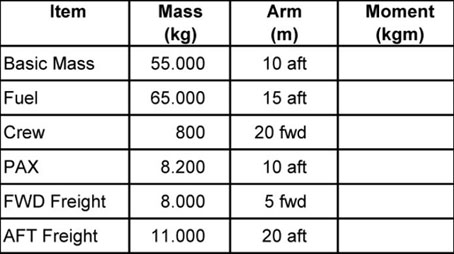 Decreases with increasing mass and increasing altitude.
Decreases with increasing mass and increasing altitude. The danger associated with low speed and/or high speed buffet ?
Question 97-4 : Limits the manoeuvring load factor at high altitudes can be reduced by increasing the load factor exists only above mmo has to be considered at take off and landing
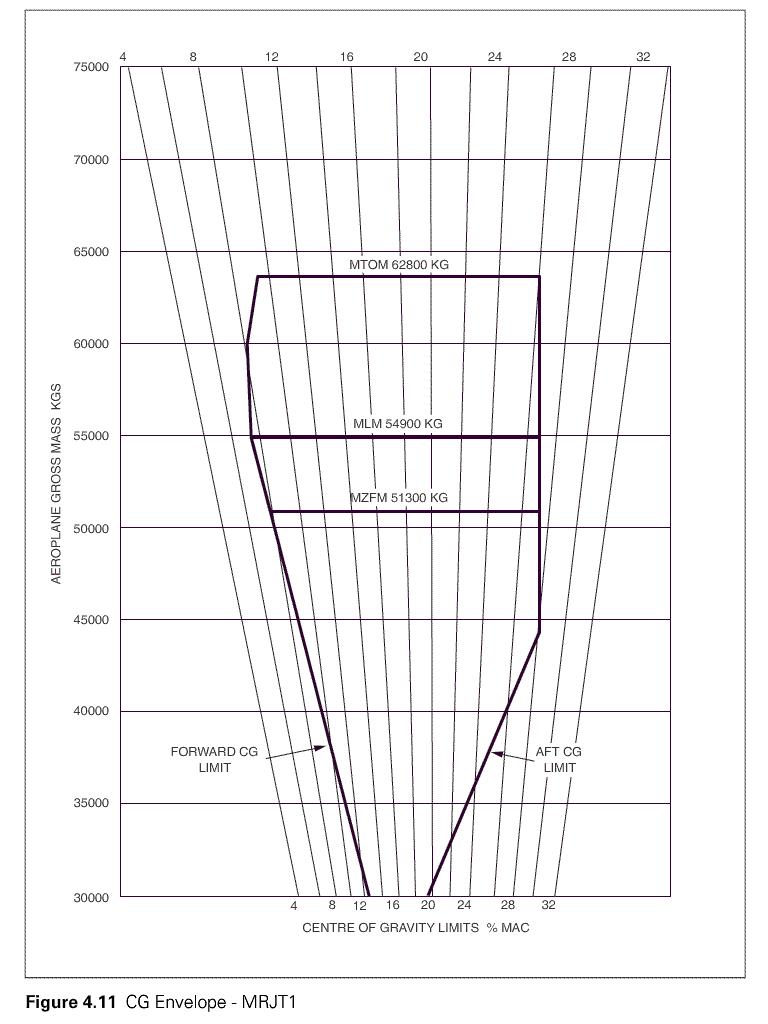 Limits the manoeuvring load factor at high altitudes.
Limits the manoeuvring load factor at high altitudes. Which of the jet engine ratings below is not a certified rating ?
Question 97-5 : Maximum cruise thrust maximum continuous thrust go around thrust maximum take off thrust
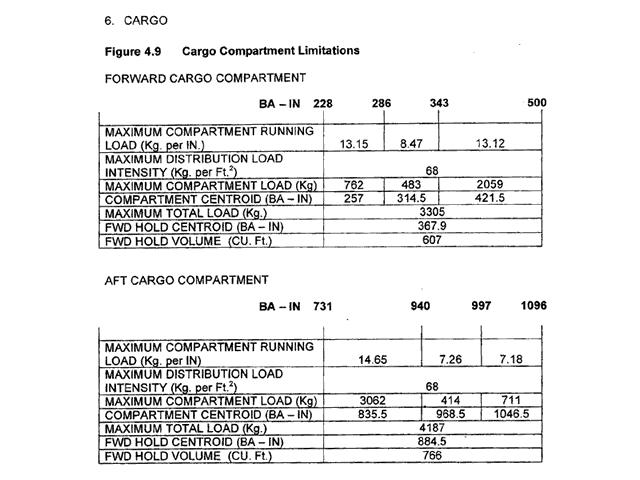 Maximum cruise thrust.
Maximum cruise thrust. At constant thrust and constant altitude the fuel flow of a jet engine ?
Question 97-6 : Increases slightly with increasing airspeed is independent of the airspeed decreases slightly with increasing airspeed increases with decreasing oat
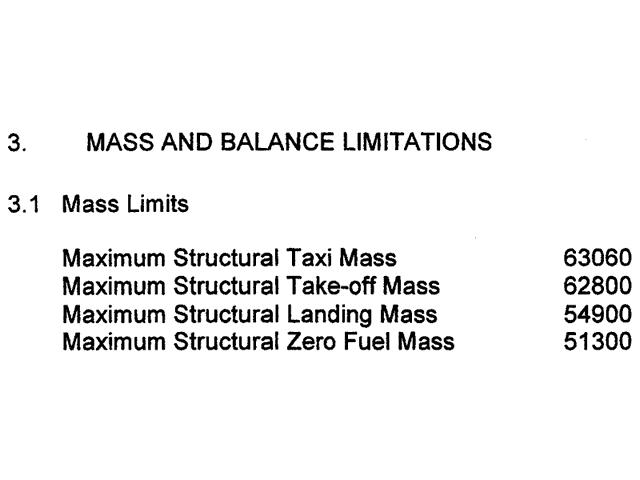 Increases slightly with increasing airspeed.
Increases slightly with increasing airspeed. The thrust of a jet engine at constant rpm ?
Question 97-7 : Increases in proportion to the airspeed does not change with changing altitude is independent of the airspeed is inversely proportional to the airspeed
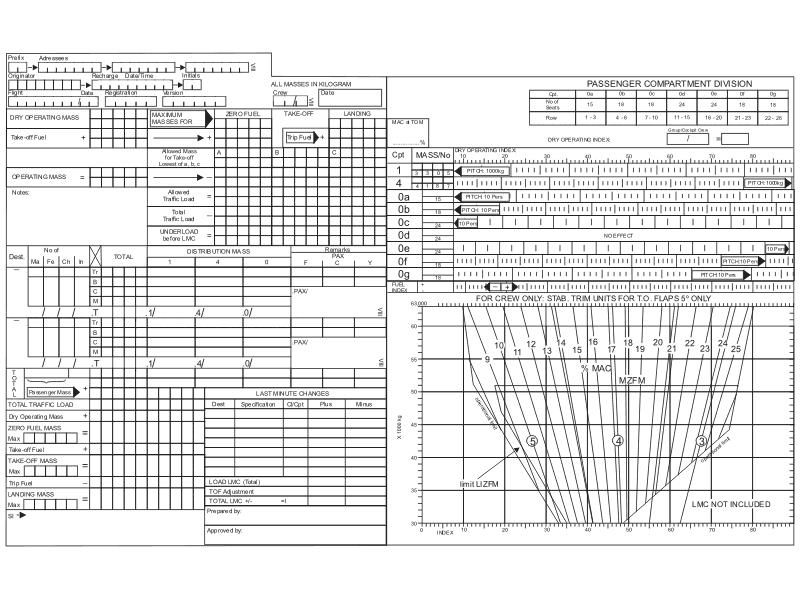 Increases in proportion to the airspeed.
Increases in proportion to the airspeed. A higher altitude at constant mass and mach number requires ?
Question 97-8 : A higher angle of attack a lower coefficient of lift a lower coefficient of drag a lower angle of attack
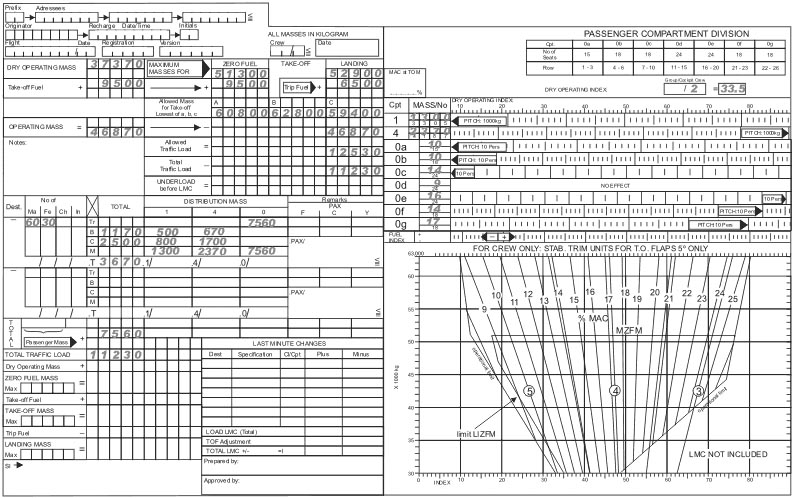 A higher angle of attack.
A higher angle of attack. The long range cruise speed is selected because ?
Question 97-9 : The higher speed achieves 99% of the maximum still air range it is the best speed for economy it is the cruise climb speed for one or two engines inoperative it achieves the specific range with a headwind
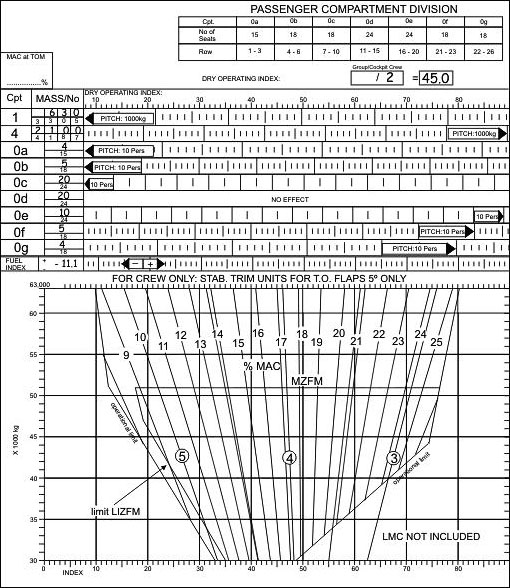 The higher speed achieves 99% of the maximum still-air range.
The higher speed achieves 99% of the maximum still-air range. The optimum altitude ?
Question 97-10 : Increases as mass decreases and is the altitude at which the specific range reaches its maximum decreases as mass decreases is the altitude at which the specific range reaches its minimum is the altitude up to which cabin pressure of 8 000 ft can be maintained
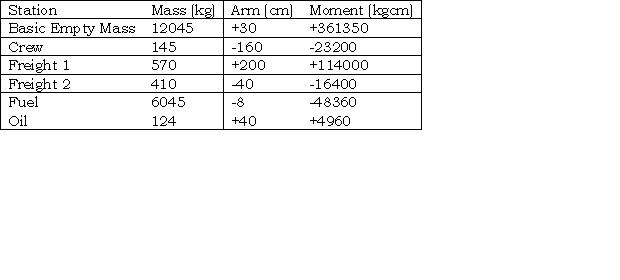 Increases as mass decreases and is the altitude at which the specific range reaches its maximum.
Increases as mass decreases and is the altitude at which the specific range reaches its maximum. The engine failure take off run is ?
Question 97-11 : The horizontal distance along the take off path from the start of the take off to a point equidistant between the point at which vlof is reached and the point at which the aeroplane is 35 ft above the take off surface 1 5 times the distance from the point of brake release to a point equidistant between the point at which vlof is reached and the point at which the aeroplane attains a height of 35 ft above the runway with all engines operative 1 15 times the distance from the point of brake release to the point at which vlof is reached assuming a failure of the critical engine at v1 the distance of the point of brake release to a point equidistant between the point at which vlof is reached and the point at which the aeroplane attains a height of 50 ft above the runway assuming a failure of the critical engine at v1
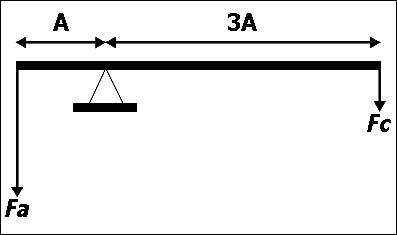 The horizontal distance along the take-off path from the start of the take-off to a point equidistant between the point at which vlof is reached and the point at which the aeroplane is 35 ft above the take-off surface.
The horizontal distance along the take-off path from the start of the take-off to a point equidistant between the point at which vlof is reached and the point at which the aeroplane is 35 ft above the take-off surface. Reduced take off thrust ?
Question 97-12 : Has the benefit of improving engine life can be used if the actual take off mass is higher than the performance limited take off mass is not recommended at very low temperatures oat can be used if the headwind component during take off is at least 10 kt
A 'balanced field length' is said to exist where ?
Question 97-13 : The accelerate stop distance is equal to the take off distance available the clearway does not equal the stopway the accelerate stop distance is equal to the all engine take off distance the one engine out take off distance is equal to the all engine take off distance
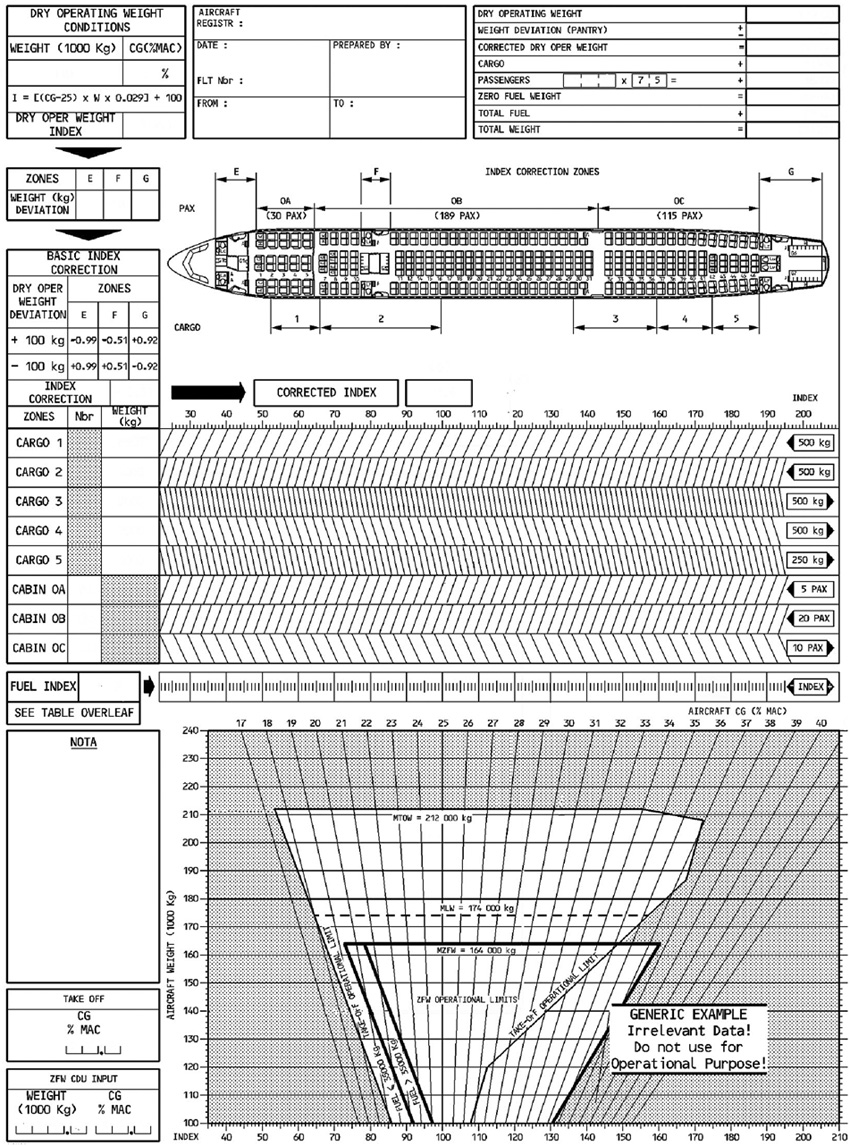 The accelerate stop distance is equal to the take-off distance available.
The accelerate stop distance is equal to the take-off distance available. The optimum cruise altitude increases ?
Question 97-14 : If the aeroplane mass is decreased if the temperature oat is increased if the tailwind component is decreased if the aeroplane mass is increased
Below the optimum cruise altitude ?
Question 97-15 : The mach number for long range cruise decreases continuously with decreasing altitude the ias for long range cruise increases continuously with decreasing altitude the tas for long range cruise increases continuously with decreasing altitude the mach number for long range cruise increases continuously with decreasing altitude
 The mach number for long range cruise decreases continuously with decreasing altitude.
The mach number for long range cruise decreases continuously with decreasing altitude. If after experiencing an engine failure when cruising above the one engine ?
Question 97-16 : Drift down procedure emergency descent procedure etops long range cruise descent
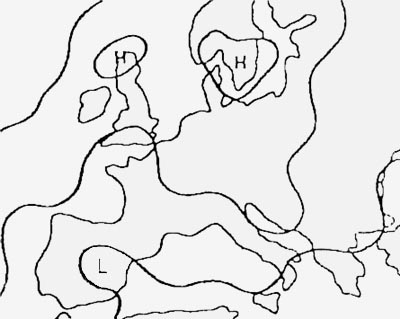 Drift down procedure.
Drift down procedure. 'drift down' is the procedure to be applied ?
Question 97-17 : After engine failure if the aeroplane is above the one engine out maximum altitude after cabin depressurization to conduct an instrument approach at the alternate to conduct a visual approach with one engine out
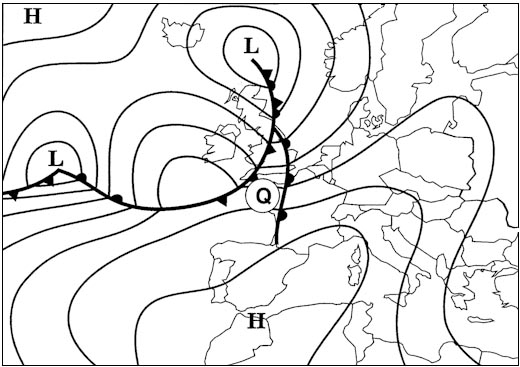 After engine failure if the aeroplane is above the one engine out maximum altitude.
After engine failure if the aeroplane is above the one engine out maximum altitude. If the level off altitude is below the obstacle clearance altitude during a ?
Question 97-18 : Fuel jettisoning should be started at the beginning of drift down the recommended drift down speed should be disregarded and it should be flown at the stall speed plus 10 kt fuel jettisoning should be started when the obstacle clearance altitude is reached the drift down should be flown with flaps in the approach configuration
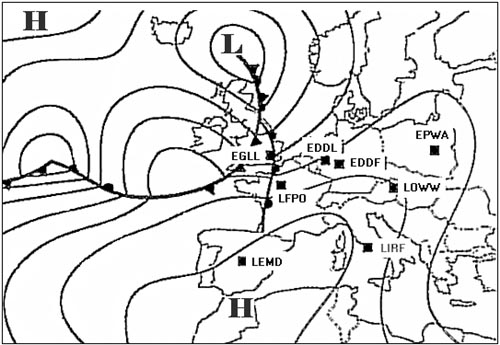 Fuel jettisoning should be started at the beginning of drift down.
Fuel jettisoning should be started at the beginning of drift down. The landing field length required for turbojet aeroplanes at the destination ?
Question 97-19 : 92% 67% 70% 43%
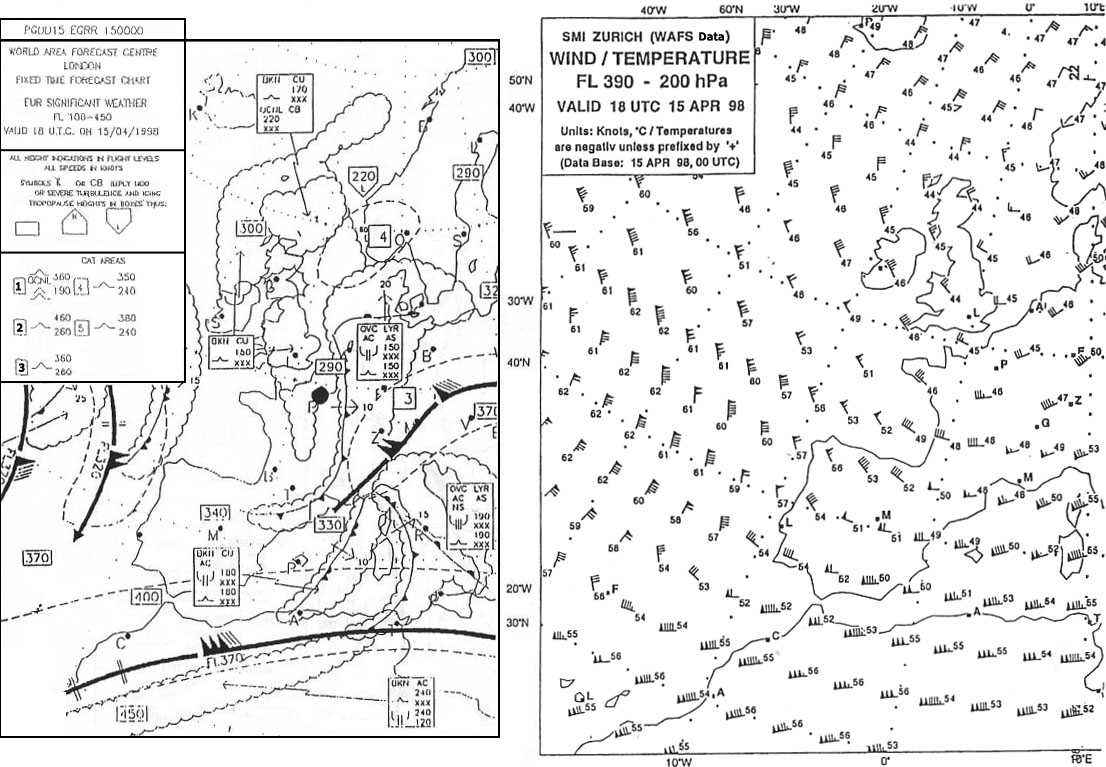 92%.
92%. The landing field length required for jet aeroplanes at the alternate wet ?
Question 97-20 : 92% 43% 70% 67%
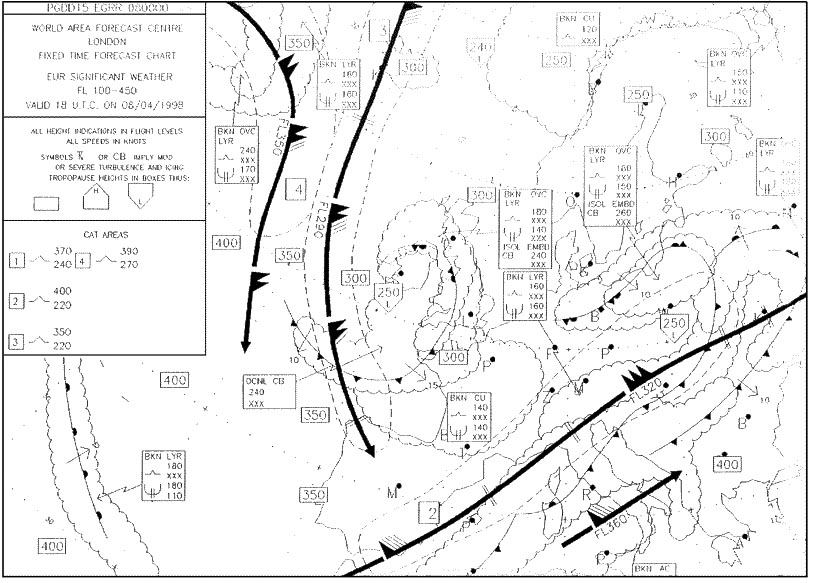 92%.
92%. The speed vsr is defined as ?
Question 97-21 : As reference stall speed and may not be less than 1 g stall speed safe rotation speed for take off design stress speed speed for best specific range
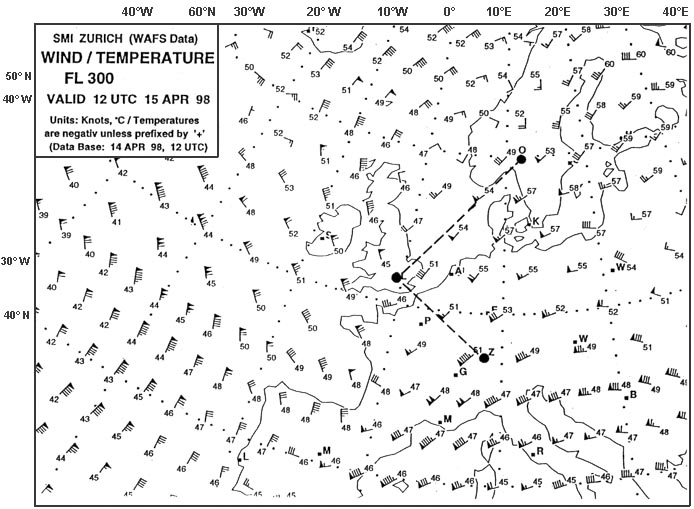 As reference stall speed and may not be less than 1-g stall speed.
As reference stall speed and may not be less than 1-g stall speed. The speed v2 is defined for jet aeroplane as ?
Question 97-22 : Take off climb speed or speed at 35 ft lift off speed take off decision speed critical engine failure speed
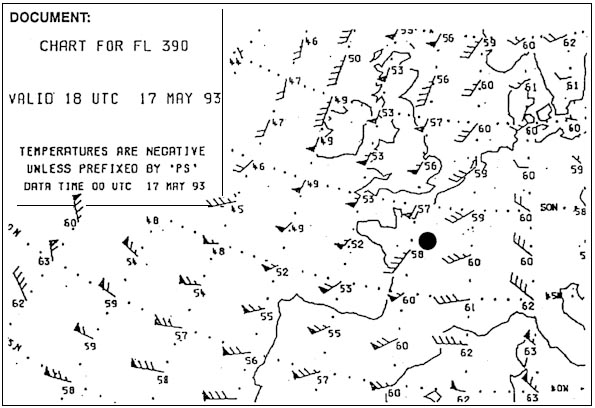 Take-off climb speed or speed at 35 ft.
Take-off climb speed or speed at 35 ft. The aerodynamic ceiling ?
Question 97-23 : Is the altitude at which the speeds for low speed buffet and for high speed buffet are the same depends upon thrust setting and increase with increasing thrust is the altitude at which the best rate of climb theoretically is zero is the altitude at which the aeroplane reaches 50 ft/min
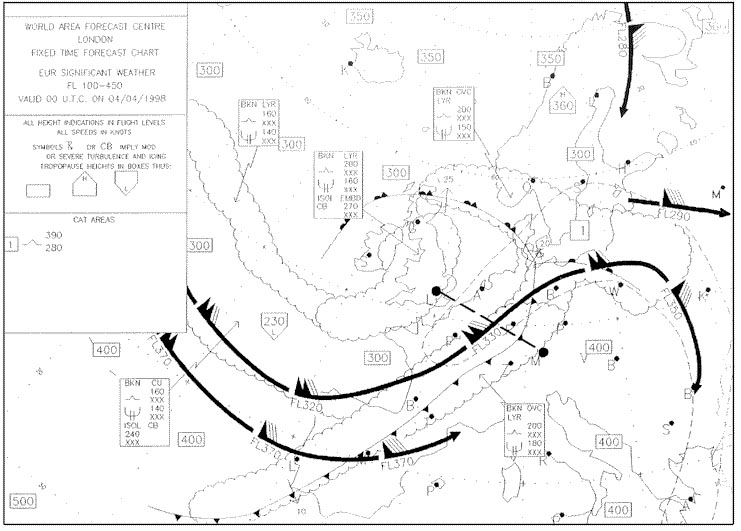 Is the altitude at which the speeds for low speed buffet and for high speed buffet are the same.
Is the altitude at which the speeds for low speed buffet and for high speed buffet are the same. 'stepped climbs' are used on long distance flights ?
Question 97-24 : To fly a profile as close as possible to the optimum altitude as the aeroplane mass reduces only if the headwind is less or the tailwind is greater than forecast at high altitude for piston engined aeroplanes only not for jet aeroplanes to fly as close to the tropopause as possible
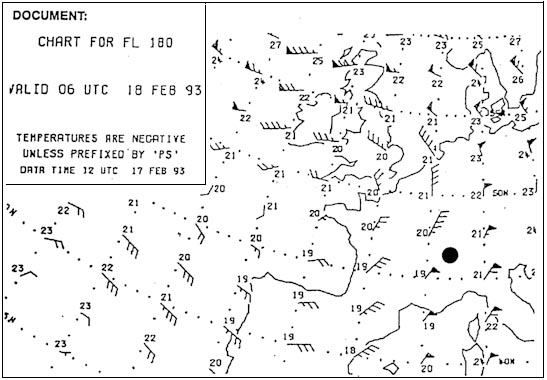 To fly a profile as close as possible to the optimum altitude as the aeroplane mass reduces.
To fly a profile as close as possible to the optimum altitude as the aeroplane mass reduces. The climb gradientafter take off in a standard atmosphere and still air at 0 ft ?
Question 97-25 : 3 9 % 4 3 % 4 7 % 4 9 %
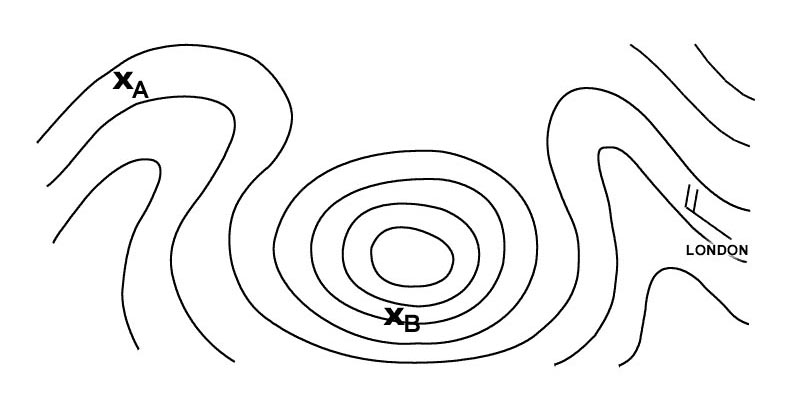 3.9 %.
3.9 %. The drift down procedure specifies requirements concerning the ?
Question 97-26 : Obstacle clearance after engine failure engine power at the altitude at which engine failure occurs climb gradient during the descent to the net level off altitude weight during landing at the alternate
 Obstacle clearance after engine failure.
Obstacle clearance after engine failure. Given a jet aircraft which order of increasing speeds in the performance ?
Question 97-27 : Vs vx maximum range speed maximum endurance speed long range speed maximum range speed vs maximum range speed vx maximum endurance speed maximum range speed vx
 Vs, vx, maximum range speed.
Vs, vx, maximum range speed. When determining the maximum landing mass of an turbojet powered aeroplane ?
Question 97-28 : 0 60 115/100 1 67 60/115
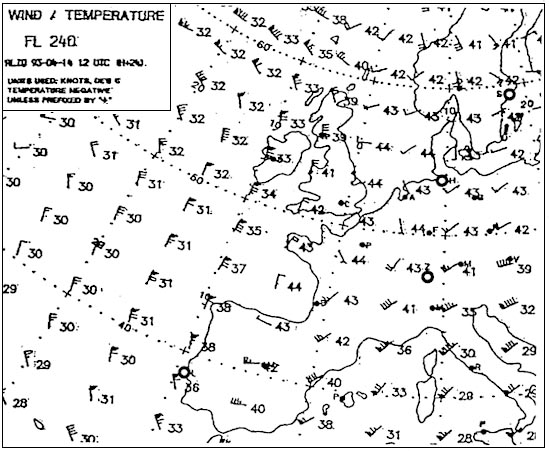 0.60.
0.60. On a segment of the take off flight path an obstacle requires a minimum ?
Question 97-29 : 118455 kg 102150 kg 106425 kg 121310 kg
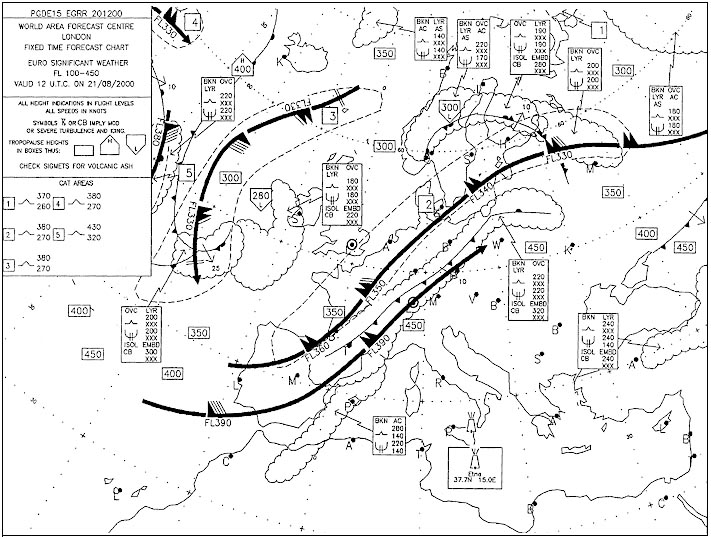 118455 kg.
118455 kg. Which statement with respect to the step climb is correct ?
Question 97-30 : Performing a step climb based on economy can be limited by the 1 3g buffet onset requirements in principle a step climb is performed immediately after the aircraft has exceeded the optimum altitude a step climb can only be performed when the altitude exceeds the one engine out service ceiling a step climb provides better economy than a optimum cruise
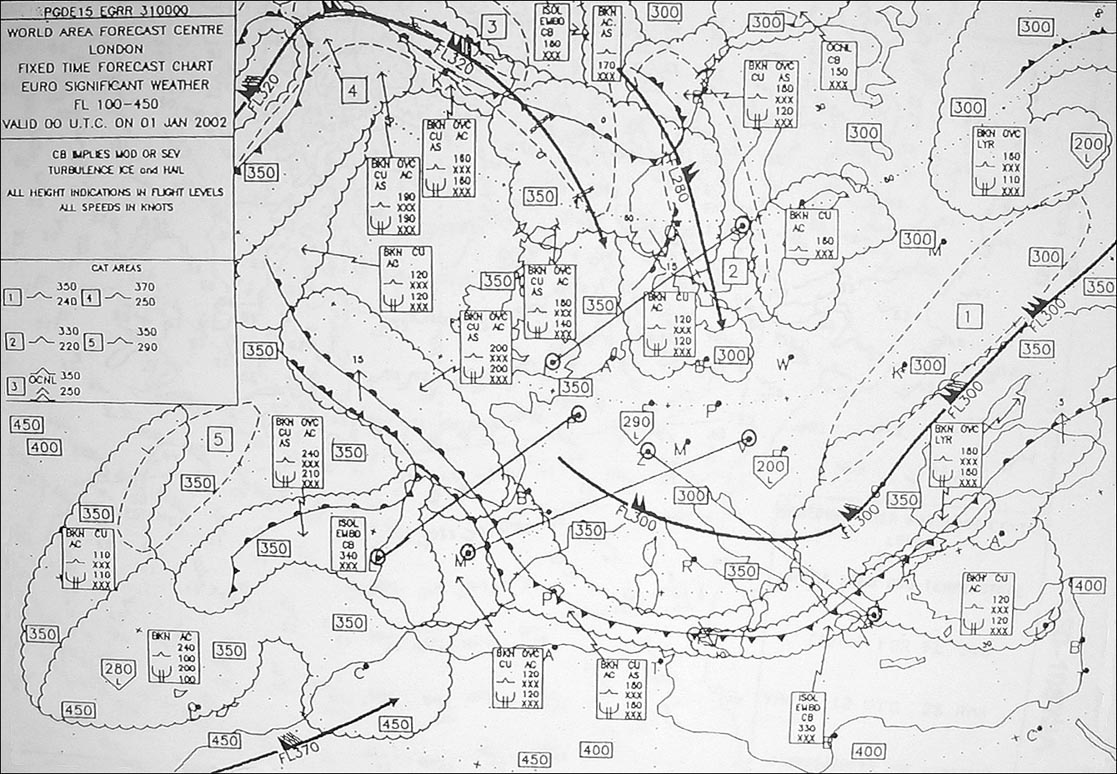 Performing a step climb based on economy can be limited by the 1.3g buffet onset requirements.
Performing a step climb based on economy can be limited by the 1.3g buffet onset requirements. In accordance to cs 25 which of the following listed speeds are used for ?
Question 97-31 : Vsr vmca vmcg v2 vlof vmca v1 vr
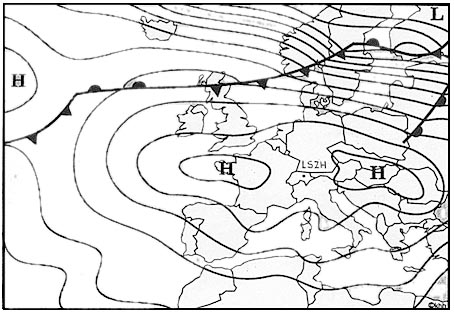 Vsr, vmca.
Vsr, vmca. Reduced take off thrust should normally not be used when ?
Question 97-32 : Anti skid is not usable it is dark the runway is wet obstacles are present close to the end of the runway
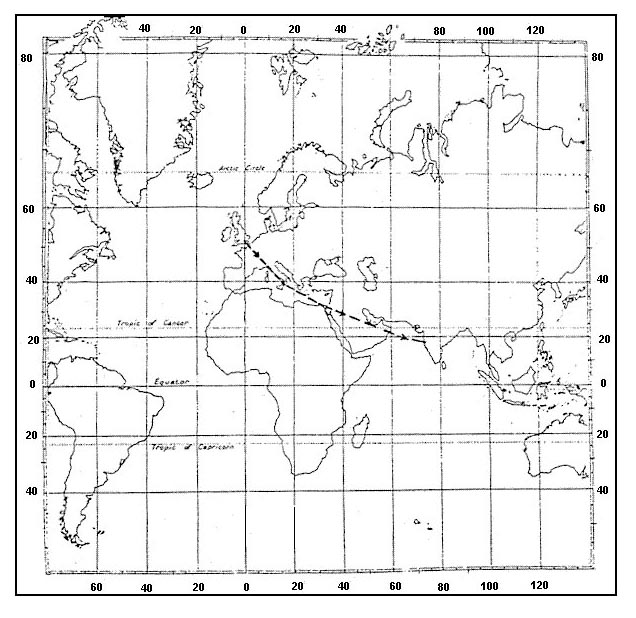 Anti skid is not usable.
Anti skid is not usable. Maximum tyre speed can limit the lift off speed which kind of speed can be ?
Question 97-33 : Groundspeed ias tas ess
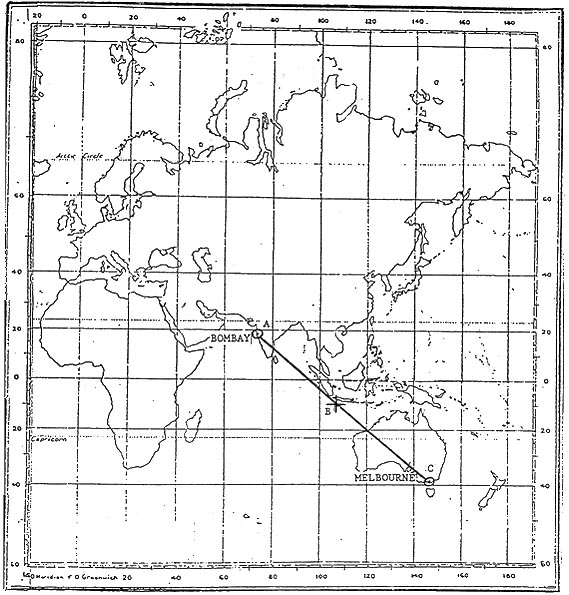 Groundspeed.
Groundspeed. According to cs 25 the landing reference speed vref may not be less than ?
Question 97-34 : 1 23 vsr0 and must be maintained down to 50 ft height vsr0 and must be maintained down to 35 ft height 1 23 vsr0 for turbojet powered and 1 30 for turboprop powered aeroplanes 1 2 vmca
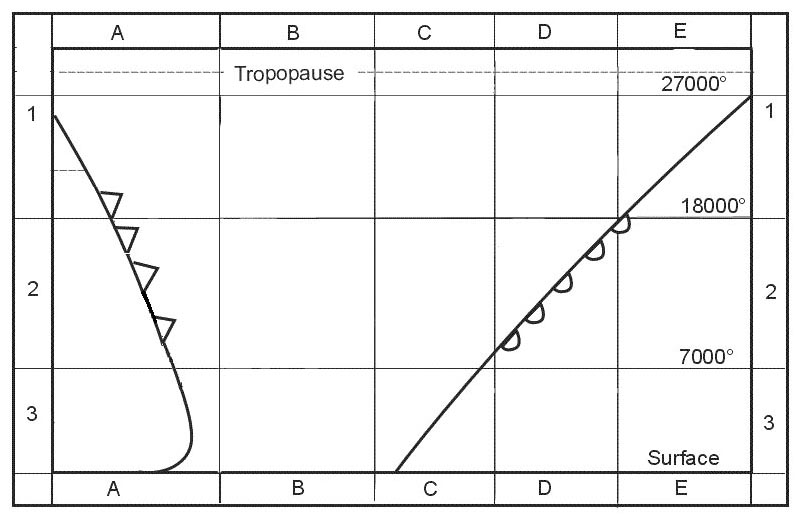 1.23 vsr0 and must be maintained down to 50 ft height.
1.23 vsr0 and must be maintained down to 50 ft height. Which statement with respect to the step climb is correct ?
Question 97-35 : Executing a desired step climb at high altitude can be limited by buffet onset at g loads greater than 1 a step climb must be executed immediately after the aeroplane has exceeded the optimum altitude a step climb is executed because atc desires a higher altitude a step climb is executed in principle when just after levelling off the 1 3g altitude is reached
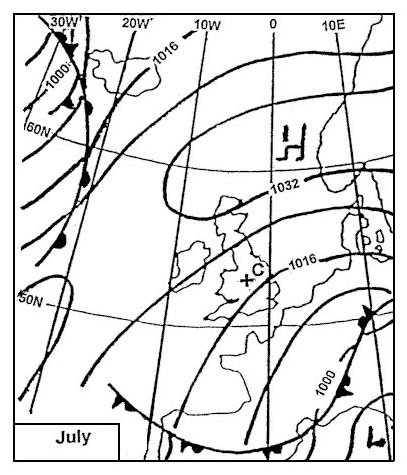 Executing a desired step climb at high altitude can be limited by buffet onset at g-loads greater than 1.
Executing a desired step climb at high altitude can be limited by buffet onset at g-loads greater than 1. Select from the following list of conditions those that must prevail in the ?
Question 97-36 : 1 4 6 9 1 5 8 10 2 3 6 9 1 4 5 10
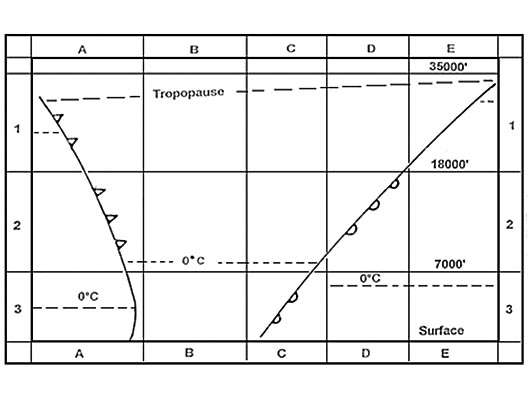 1, 4, 6, 9.
1, 4, 6, 9. V1 for a balanced field is calculated when ?
Question 97-37 : The acceleration/stop distance available is equal to the take off distance available the take off mass is field length limited by the stopway to produce the maximum take off mass the speed is equal to v2 the take off mass is field length limited by the clearway to produce the maximum take off mass
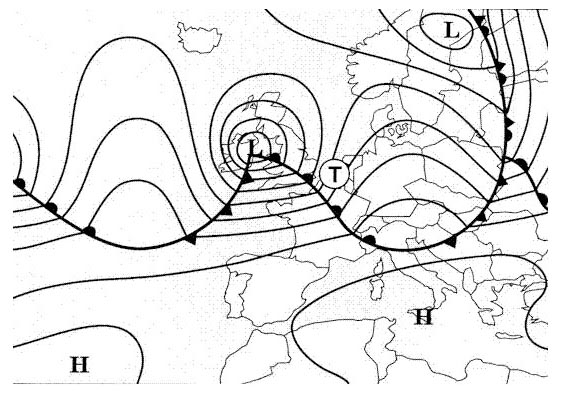 The acceleration/stop distance available is equal to the take-off distance available.
The acceleration/stop distance available is equal to the take-off distance available. With regard to the drift down performance of the twin jet aeroplane why does ?
Question 97-38 : Because at this mass it takes approximately 4 minutes to decelerate to the optimum speed for drift down at the original cruising level because at this mass the engines slow down at a slower rate after failure there is still some thrust left during four minutes due to higher tas at this mass it takes more time to develop the optimal rate of descent because of the inertia involved all the curves start at the same point which is situated outside the chart
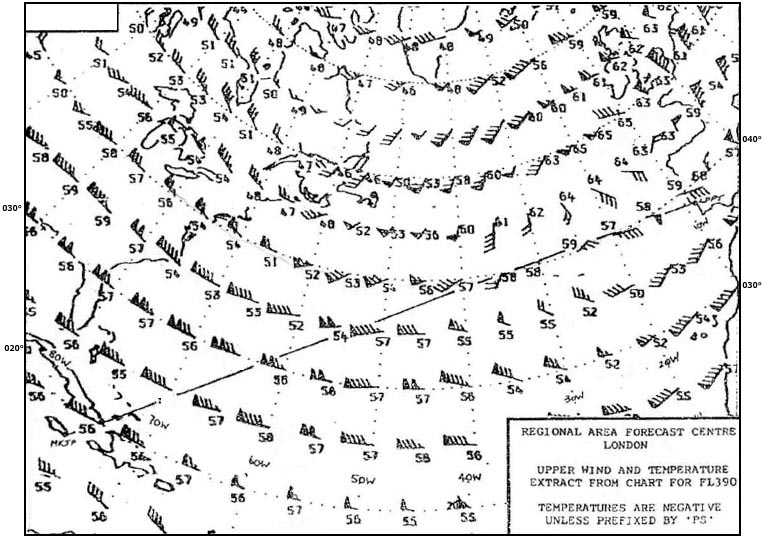 Because at this mass it takes approximately 4 minutes to decelerate to the optimum speed for drift down at the original cruising level.
Because at this mass it takes approximately 4 minutes to decelerate to the optimum speed for drift down at the original cruising level. The requirements of the take off net flight path for a class a aeroplane assume ?
Question 97-39 : The failure of the critical engine of a multi engined aeroplane at vef the failure of any engine of a multi engined aeroplane at vef the failure of any engine of a multi engined aeroplane at vr the failure of two engines of a three engined or four engined aeroplane at vef
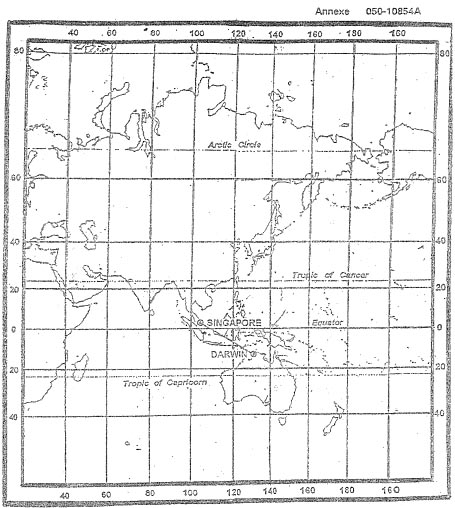 The failure of the critical engine of a multi-engined aeroplane at vef.
The failure of the critical engine of a multi-engined aeroplane at vef. The angle of attack required to attain the maximum still air range for a turbo ?
Question 97-40 : Less than that for the maximum lift to drag ratio the same as that for the maximum endurance the same as that giving zero induced drag greater than that for the maximum lift to drag ratio
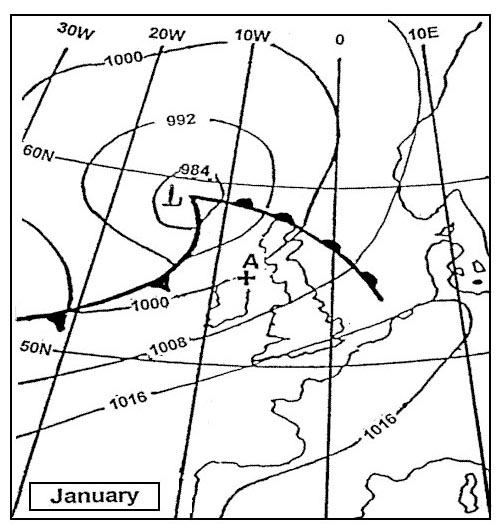 Less than that for the maximum lift to drag ratio.
Less than that for the maximum lift to drag ratio. ~
Exclusive rights reserved. Reproduction prohibited under penalty of prosecution.
3839 Free Training Exam
